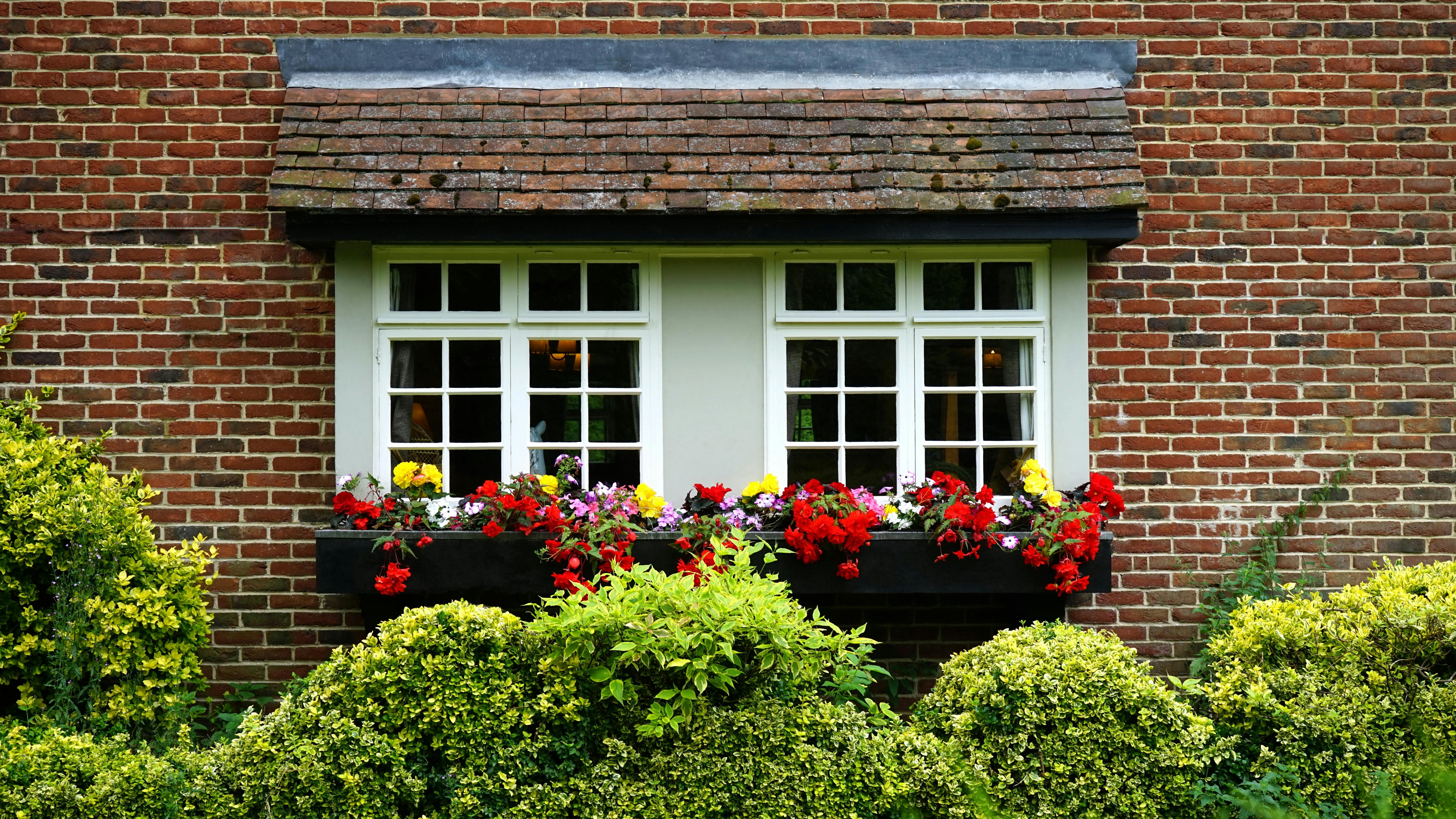Building a garden retaining wall can be a great way to add structure and aesthetic appeal to your garden. It can also help to prevent soil erosion, provide extra seating and create more usable space in your garden. In this guide, we will provide step-by-step instructions on how to build a garden retaining wall, what materials you will need and how to properly maintain your wall over time. By following these instructions, you will be able to construct a strong and durable garden retaining wall that will last for many years to come.Building a garden retaining wall is a great way to add structure and definition to your outdoor space. Here is a step-by-step guide for how to build a garden retaining wall:
1. Calculate the size of the wall by measuring the area that needs to be walled in. Make sure you allow for extra height and width when you are calculating the measurements.
2. Dig a trench at least 8 inches deep and 2 feet wide in which to place the first row of blocks, making sure it follows the shape of your desired wall line.
3. Place landscaping fabric in
Choosing the Right Material for Your Retaining Wall
Retaining walls are an essential element in landscaping and can provide a stunning addition to any outdoor space. Before building a retaining wall, it is important to choose the right material for the job. There are a variety of materials available, each with its own advantages and disadvantages. Here is a guide to help you select the best material for your retaining wall project.
Concrete blocks are one of the most popular materials used for building retaining walls. They are easy to install and provide excellent
Measuring the Area
Measuring the area is the first step when calculating the materials needed for a project. It is important to measure accurately, as any errors can lead to having too much or too little material. A tape measure, yardstick or measuring wheel can be used to determine the dimensions of the area. When measuring multiple sides of a room, it is important to take into account any obstructions such as windows or doors that may affect the measurements. Once all measurements are taken, it is important to double-check them for accuracy before proceeding.
Prepping the Ground for Building the Retaining Wall
Creating a retaining wall is an essential part of landscaping and can help you to make the most of your outdoor space. However, before you can start building your wall, you must prepare the ground. This includes removing any existing vegetation, leveling off the area and compacting the soil. Doing this correctly will help ensure that your wall is strong and stable for years to come.
The first step in prepping the ground for a retaining wall is to remove any vegetation from the area.
https://images.pexels.com/photos/668299/pexels-photo-668299.jpeg
Laying the Foundation for Your Retaining Wall
The foundation of a retaining wall is one of the most important parts of the wall. It is essential that the foundation be properly constructed in order to prevent any structural damage or failure of the wall. While there are many different types of foundations, here are some tips that will help you lay a solid foundation for your retaining wall.
The first step to laying a good foundation is to prepare the ground. You should dig down to a depth that is equal to or slightly deeper than

Building the First Course of Blocks for Your Retaining Wall
Retaining walls are an attractive and effective way to manage soil and water on your property. The first course of blocks is essential to a successful build, so proper preparation is key. Before you begin constructing your wall, here are some steps to take to ensure that your first course of blocks is properly installed.
Start by preparing the ground where the wall will be built. Use a shovel or tiller to level out the area and remove any large rocks or other debris. You’ll also need
Adding Additional Courses of Blocks to Your Retaining Wall
When building a retaining wall, it is important to consider the addition of additional courses of blocks. This can be done in a few different ways, depending on the type of wall and the stability needed. The most common way to add additional courses is by stacking them on top of each other and then securing them with pins or screws. This method is especially useful for walls that are not made from masonry blocks, as it will keep them in place and prevent them from shifting or sliding. Additionally, this method allows for
Securing Each Block in Place with Mortar or Concrete Mix
Building a wall with blocks requires a sturdy material to secure them in place. Mortar and concrete mix are two of the most popular materials used for this purpose. Mortar is a mixture of sand, water, and cement that is used to fill the gaps between the blocks. It provides an adhesive bond between the blocks and holds them firmly in place. Concrete mix is a combination of cement, sand, and gravel. It is used to create a strong base for the wall and also to fill any large

Conclusion
Building a garden retaining wall requires some planning and effort, but with the right supplies and the right instructions, you can easily construct a sturdy and attractive wall. A solid retaining wall will have an interlocking system of blocks, which are stacked vertically and secured to each other with pins or dowels. Once the blocks are in place, mortar should be applied between them to ensure that they stay in place. When choosing materials, it is important to consider factors such as drainage needs, soil type, weather conditions, and aesthetics. Additionally, it is important to properly plan the
